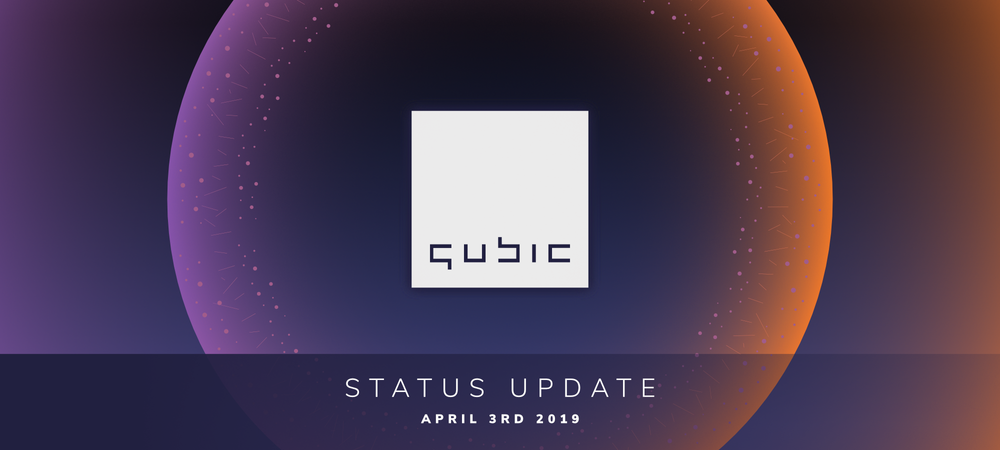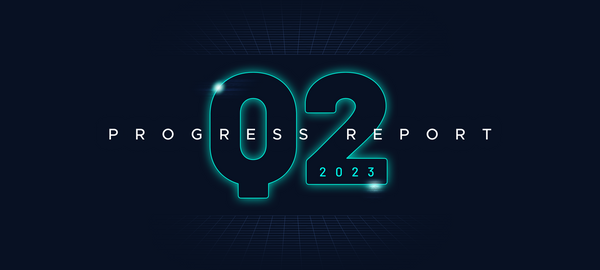Qubic Status Update 3 April 2019
March was an extremely busy month. Luckily, we managed to get yet another community member on board to help out the Omega team: say hi to ben75, our Qupla IntelliJ plug-in creator! Benoit will be working on IXI modules at first while keeping the IntelliJ plug-in up-to-date as well.
The latest version is now the 0.6 release. Lukas introduced the first version of Economic Clustering(EC) in Ict to be able to test out some of the ideas around EC, and also added the Environment-Entity-Effect(EEE) message passing model that was spearheaded by the Qubic team, which is central to Abra and the Qubic Computation Model. As usual, the community was enthusiastically involved and helped iron out bugs and discussed interesting ideas.
Benoit jumped right into the IXI world by getting acquainted with Ict/IXI and started working on serialization.IXI, which will provide a simple way to store/exchange structured data on the tangle. Lukas started working on the report.IXI, which can report node information to external services. Samuel finalized the graph.IXI and the timestamping.IXI with some documentation updated the PoC chat.IXI together with Lukas to allow it to work correctly with the latest version of Ict, and he is now working on the bridge.IXI, which allows modules written in any programming language to interact with Ict.
Donald has been deep into exams but still managed to find time to discuss some of the areas of the FPGA implementation that still need a good solution. But it looks like he will get some relief in the near future because we found someone that has the right qualifications to help out with FPGA development. More about that next month, hopefully.
March was mostly spent creating a series of articles that explore the Qubic Computation Model (QCM). We already released one article specifically about the Abra specification, and three more articles about that introduce the Qupla language, with even more articles to follow soon. While writing about Qupla and the QCM, we took the time to straighten out a few syntactical constructs to be more consistent, plus we finally added binary, trinary, and hex constant literals to the language.
We also took the time to define a simple pseudo-code for Abra that allowed us to explain how certain Qupla language constructs are implemented in Abra. The latest version of the interpreter also includes an interesting new community contribution:
Our community member lunfardo came up with a surprise: he created a converter plug-in for the Qupla interpreter that can translate Qupla into YAML. He then proceeded to create his own version of a Qupla interpreter, complete with a Supervisor module in Go. It can take the YAML file and execute the code flawlessly. Check it out here. It will be interesting to see what execution speeds he can achieve.
The article series about the QCM triggered a lot of interesting discussions in the Discord channel. Please keep asking questions and make us think. Your input is very valuable to us. And by all means: start playing around with the tools that the Omega team has created if you haven’t already!
Follow us on our official channels for the latest updates
Discord | Twitter | LinkedIn | Instagram | YouTube




